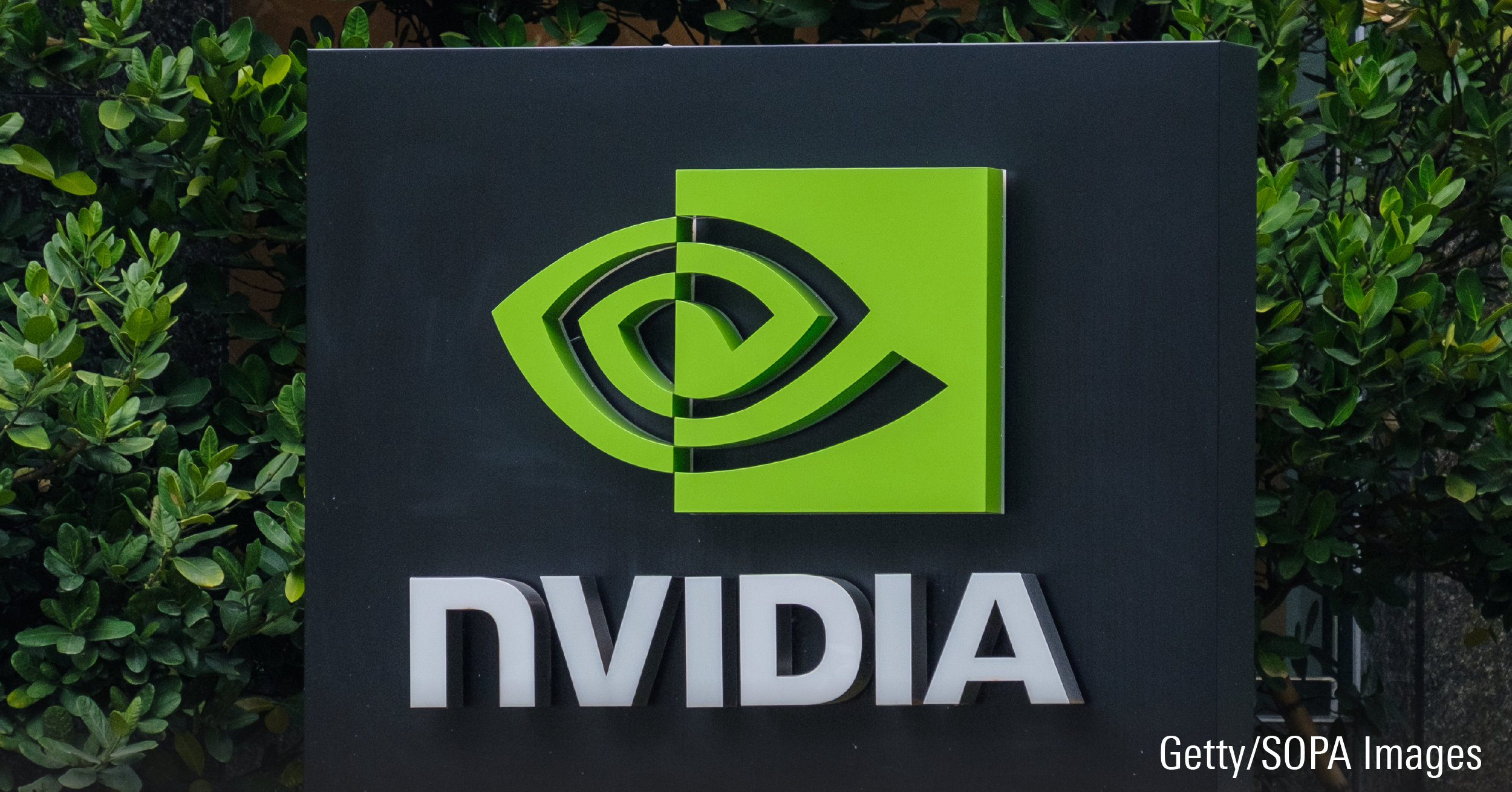There's plenty to take note of in the rapidly evolving music industry. YouTube launched a new music streaming service, Apple Music's subscription numbers blew past the 50 million mark, and Swedish streaming music giant Spotify made a highly-publicised public debut in April.
The industry itself passed a major milestone this year when for the first time music streaming numbers overtook physical sales. The exponential growth in streaming music services has brought about a remarkable recovery in global music sales that have now grown three years on the trot, clocking US$17.3 billion in revenue in 2017, an 8% jump from the previous year.
Subscription-based streaming revenue accounted for 38% of all recorded music, up 29% from the year before. In the United States, streaming music revenue grew 43% to US$5.7 billion in 2017, and now accounts for almost two-thirds.
With streaming music at an inflection point, now may be a good time for investors to pay closer attention to the space as leading players turn up the heat in a bid to capture the largest slice of the growing market pie.
The following companies are at the leading edge of the streaming music revolution. Sitting atop a massive subscriber base that's growing, these businesses are operating in an oligopolistic market where the bulk of revenue is controlled by a handful of players. Further, a strong tailwind of consumer trend, personal technology and innovative business models is helping these companies orchestrate a deeper push into traditional and new markets and drum up profitability.
| Alphabet Inc. C | ||
| Ticker: | GOOG | |
| Current yield: | - | |
| Forward P/E: | 25.4 | |
| Price: | US$1,135.46 | |
| Fair value: | US$1,200 | |
| Value: | 5.4% discount | |
| Data as of June 4, 2018 | ||
Google's parent company, ![]() Alphabet (GOOG) also owns the world's largest catalogue of music videos through video giant YouTube. In a push to compete for a larger portion of the fast-growing subscription music revenue, YouTube recently launched its own subscription service: YouTube Music. The new service, available both in a free, ad-supported version and an ad-free version with a US$9.99 monthly subscription fee, will replace Google Play Music, Alphabet's existing music streaming brand.
Alphabet (GOOG) also owns the world's largest catalogue of music videos through video giant YouTube. In a push to compete for a larger portion of the fast-growing subscription music revenue, YouTube recently launched its own subscription service: YouTube Music. The new service, available both in a free, ad-supported version and an ad-free version with a US$9.99 monthly subscription fee, will replace Google Play Music, Alphabet's existing music streaming brand.
The new service could attract a sizeable portion of the staggering number of paying subscribers, active users and content consumption from its video service. "We foresee YouTube gradually contributing more to the firm's top and bottom lines," says a Morningstar equity report, noting that "it benefits from a network effect that creates value for users, content creators and advertisers."
With ever increasing site traffic, more content creators are looking to YouTube for content promotion, adding to its content cache, which attracts more viewers and advertisers. "Growth in content library and in viewers on YouTube will drive growth in Google online video ad revenue, a market that is expected to grow at a strong double-digit compound annual growth rate," says Morningstar equity analyst Ali Mogharabi. The growth has prompted Google to start monetizing YouTube via such subscription models as YouTube Red, YouTube TV and more recently YouTube Music.
Mogharabi puts the stock's fair value at US$1,200 and forecasts YouTube to contribute about US$16 billion and US$18 billion to Google advertising revenue in 2018 and 2019, respectively.
YouTube Music is projected by Morgan Stanley to amass 25 million subscribers by 2022, generating US$3 billion in annual revenue.
| Apple Inc. | ||
| Ticker: | AAPL | |
| Current yield: | 1.38% | |
| Forward P/E: | 14.8 | |
| Price: | US$192.27 | |
| Fair value: | US$175 | |
| Value: | 9.9% premium | |
| Data as of June 4, 2018 | ||
Known primarily for its premium devices, ![]() Apple (AAPL) is increasingly benefitting from the revenue contribution of its services, such as Apple Music and iCloud, which are projected to contribute 20% of revenue by 2022.
Apple (AAPL) is increasingly benefitting from the revenue contribution of its services, such as Apple Music and iCloud, which are projected to contribute 20% of revenue by 2022.
Apple's second-quarter report showed a 31% year-over-year growth for services revenue, accelerating from 18% year-over-year growth in the quarter before, with particular strength in iCloud storage and Apple Music, says a Morningstar equity report.
The streaming music service recently blew past the 50 million subscribers mark, up from 40 million paid subs in April, making it the second-largest user base after Spotify.
While a tiny part of Apple's overall business, music is proving to be a reliable revenue diversifier. As growth in iPhone sales decelerates, the company is looking to its service business, which includes Apple Music, to pick up the slack. Unlike its rivals, Apple doesn't have a free version of its streaming music service, which boasts 45 million songs.
Morningstar sector director Brian Colello says almost all Apple products and services are "not only incremental revenue and earnings drivers, but are (more importantly) improving the iOS ecosystem that will enable Apple to sell future iPhones at premium prices."
Colello recently upped the stock's fair value from US$170 to US$175, mostly due to higher free cash flow assumptions. He projects 13% revenue growth in 2018, compared to 6% last year, and forecasts services revenue to grow more than 20% in 2018.
Like Google, Apple doesn't rely solely on streaming music to drive profitability and can run at break-even, or even as loss leader, while monetizing users via other products and services.
| Spotify Technology SA | ||
| Ticker: | SPOT | |
| Current yield: | - | |
| Forward P/E: | - | |
| Price: | US$159.92 | |
| Fair value: | US$124 | |
| Value: | 29% premium | |
| Data as of June 4, 2018 | ||
The largest of all music services, ![]() Spotify (SPOT) has more than 150 million total listeners and 75 million paid subscribers. The Swedish-based firm, regarded as Netflix for music, monetizes through both a paid subscription model, called the premium service (90% of total revenue), and a free, ad-supported service (10%).
Spotify (SPOT) has more than 150 million total listeners and 75 million paid subscribers. The Swedish-based firm, regarded as Netflix for music, monetizes through both a paid subscription model, called the premium service (90% of total revenue), and a free, ad-supported service (10%).
The company, which went public in April, benefits from various network effects that could help boost user base and amass valuable user data and their listening preferences. "The firm can effectively monetize its listeners and the content it provides," says a Morningstar equity report. "As the firm gains more listeners, leading to more hours of content consumed, it can attract more advertisers, generating more ad dollars."
Aggressive expansion of its content library has accelerated subscriber growth, which, in turn, has attracted more artists from both major labels and independent ones. A larger user base, which places Spotify ahead of the pack in the burgeoning streaming market, can help improve its algorithms and better customize playlists, thereby improving the platform's stickiness, which helps retain users and woo new subscribers.
Moreover, Spotify's collection of user data is a treasure trove of information that is attractive to advertisers, both within the music industry and outside. "As free users listen to more music and Spotify collects more data, it is likely to attract more advertising buyers," says Mogharabi, who pegs the stock's fair value at US$124.
In addition to offering targeted ads, "the firm also can use the data to learn more about fans of various artists," helping them promote live events and sell labelled merchandise, and more, adds Mogharabi.
| Amazon.com Inc. | ||
| Ticker: | AMZN | |
| Current yield: | - | |
| Forward P/E: | 129.9 | |
| Price: | US$1,651.75 | |
| Fair value: | US$1,900 | |
| Value: | 13.1% discount | |
| Data as of June 4, 2018 | ||
One of the highest-grossing online retailers globally, ![]() Amazon (AMZN) clocked US$178 billion in net sales in 2017. The company offers millions of songs to stream through two of its subscription-based streaming services: Prime Music and Music Unlimited, which make it the third-biggest player in the global streaming music market.
Amazon (AMZN) clocked US$178 billion in net sales in 2017. The company offers millions of songs to stream through two of its subscription-based streaming services: Prime Music and Music Unlimited, which make it the third-biggest player in the global streaming music market.
Online retail sales account for 61% of net revenue while Prime membership fees and other subscription-based services contribute 6%. Eclipsed by the explosive growth in other business segments, Amazon's streaming music service rarely gets the kind of media attention that those of its rivals do.
While aggressive on the retail side, the tech giant tends not to particularly play up the growth of its streaming music segment. However, there have been reports in mainstream business and tech publications that point to a large subscriber base that is rapidly swelling.
"Amazon will continue to develop into a formidable player in digital media, given its vast content offerings and inroads into new verticals," says Morningstar sector strategist R.J. Hottovy, who recently raised the stock's fair value from US$1,600 to US$1,900, prompted primarily by "more optimistic near-term revenue assumptions stemming from emergent sources of growth such as advertising and subscription services like Amazon Music and Kindle Unlimited," among others.
Hottovy says Amazon's premium valuation is justified by its robust competitive advantage, meaningful avenues for growth and longer-term margin expansion potential. He forecasts Amazon's revenue to grow 23% annually through 2022, "due to contribution from Whole Foods, greater engagement among Amazon Prime members and increased third-party sales from its suppliers, digital content sales, international expansion," and others.
Editor's note (Disclosure): The author owns a small position in shares of Apple Inc.


















